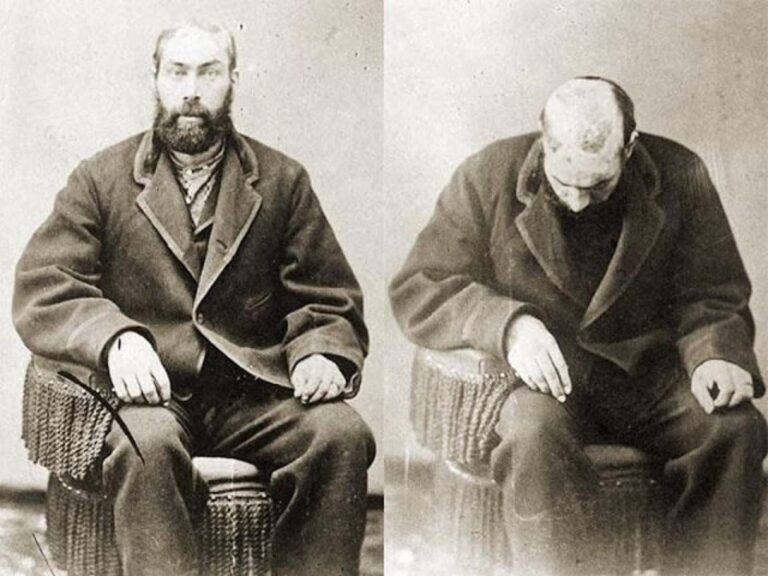The Sacred Scarab Beetle: Unveiling Its Historical and Cultural Significance in Ancient Egypt
What Does the Scarab Beetle Symbolize?
The scarab beetle, a small insect with a significant role in Ancient Egyptian culture, is renowned for its rich symbolism. Revered as a symbol of rebirth and regeneration, the scarab beetle held immense spiritual importance among the Egyptians. Its round, dung-rolling behavior was seen as a metaphor for the sun’s daily journey across the sky, making it a powerful emblem of the sun god Ra and the concept of eternal life.
Scarab beetles were often depicted in Egyptian art and jewelry as amulets or charms, symbolizing protection and divine favor. They were typically used in funerary practices, including in tombs and mummies, where they served as tokens of resurrection and safeguarding the deceased in the afterlife. Their image was engraved on scarabs—small, carved stones or clay beads that were also used as seals or personal stamps.
Scarab Beetles in Art and Jewelry

In Ancient Egyptian art, the scarab beetle’s image was prevalent, often appearing in hieroglyphics, sculptures, and paintings. Scarabs were also crafted into jewelry and amulets, showcasing their importance not just as spiritual symbols but as elements of personal adornment.
Artifacts featuring scarabs include rings, necklaces, and bracelets. These pieces were intricately designed and often inscribed with spells or names, believed to invoke the beetle’s protective powers. For example, gold scarabs found in the tombs of pharaohs, such as Tutankhamun, highlight their prestigious status and the high value placed on them.
Examples of Scarab Beetle Artifacts:
- Tutankhamun’s Scarab Pendant: A lavish gold pendant featuring a scarab beetle, symbolizing protection in the afterlife.
- Middle Kingdom Scarabs: These often had inscriptions that recorded important events or royal decrees.
The Role of Scarab Beetles in Daily Life and Religious Practices
In daily Egyptian life, scarab beetles were not just symbols of divine power but were also practical items. They were used as personal seals, stamped onto clay or wax to mark documents and possessions, thereby serving as a form of identity verification.
Religious practices involved the scarab beetle extensively. Scarabs were placed in tomb inventories, offering protection and ensuring the deceased’s successful transition to the afterlife. They were also used in rituals, often buried with the dead or worn as amulets by the living.
Protective Talismans:
- Scarab Amulets: Worn around the neck or wrist, believed to guard against evil spirits and misfortune.
- Funerary Scarabs: Placed in the tomb to safeguard the deceased and ensure a favorable judgment in the afterlife.
Scarab Beetle Mythology and Legends
The scarab beetle is deeply woven into Egyptian mythology. It is often associated with Khepri, the deity who represented the rising sun. According to myth, Khepri rolled the sun across the sky, just as the scarab beetle rolls dung. This connection cemented the scarab as a symbol of renewal and eternal life.
Myths and Legends:
- The Journey of Khepri: Depicts the scarab beetle as a celestial guide, facilitating the rebirth of the sun each day.
- Comparative Mythology: Scarabs are also compared to similar symbols in other cultures, such as the dung beetle in various ancient traditions.
Scarab Beetles in Modern Archaeology

Modern archaeology has brought new insights into the historical significance of scarab beetles. Archaeological finds have revealed that scarabs were widely used across different periods of Egyptian history, from the Old Kingdom to the Ptolemaic era.
Current Research and Findings:
- Discovery of Scarabs: Excavations have unearthed thousands of scarabs, providing valuable information about ancient Egyptian customs and beliefs.
- Analysis of Scarab Artifacts: Modern technology allows researchers to study the inscriptions and materials used in scarabs, shedding light on their historical and cultural contexts.
The Scarab Beetle’s Influence on Modern Culture
The influence of the scarab beetle extends beyond ancient times. In modern culture, scarabs are incorporated into art, fashion, and design, reflecting their lasting legacy.
Cultural Legacy:
- Modern Art: Scarabs are featured in contemporary artwork, symbolizing themes of transformation and immortality.
- Media: Films, literature, and other media often reference scarabs, showcasing their enduring appeal and symbolic power.
FAQs About Scarab Beetles and Ancient Egypt
What Does the Scarab Beetle Symbolize?
The scarab beetle symbolizes rebirth, regeneration, and protection. It was closely associated with the sun god Ra and the concept of eternal life.
Why Were Scarab Beetles Used in Ancient Egyptian Jewelry?
Scarab beetles were used in jewelry to invoke their protective powers and symbolize divine favor. They were often worn as amulets to guard against misfortune.
How Did Scarab Beetles Influence Egyptian Religion?
In Egyptian religion, scarab beetles were seen as sacred symbols of the sun and rebirth. They played a significant role in funerary practices and rituals aimed at ensuring the deceased’s safe passage to the afterlife.
What Role Did Scarab Beetles Play in Funerary Practices?
Scarab beetles were placed in tombs and used in rituals to protect the deceased and assist in their resurrection. They were believed to safeguard the soul and facilitate the journey to the afterlife.
Are Scarab Beetles Still Used Symbolically Today?
Yes, scarab beetles continue to be used symbolically in modern art and jewelry, reflecting their enduring legacy as symbols of transformation and protection.
Summary of Key Points
The scarab beetle remains a potent symbol in both ancient and modern contexts. Its significance in Ancient Egyptian culture underscores its role as a symbol of rebirth, protection, and divine favor. Through its use in art, jewelry, and religious practices, the scarab beetle has left an indelible mark on history, continuing to influence contemporary culture.
References:
- History Defined: Scarab Beetles and Ancient Egypt
https://www.historydefined.net/scarab-beetles-and-ancient-egypt/ - Wikipedia: Scarab Beetle
https://en.wikipedia.org/wiki/Scarab_beetle - Encyclopedia Britannica: Scarab Beetle Symbolism
https://www.britannica.com/animal/scarab-beetle






